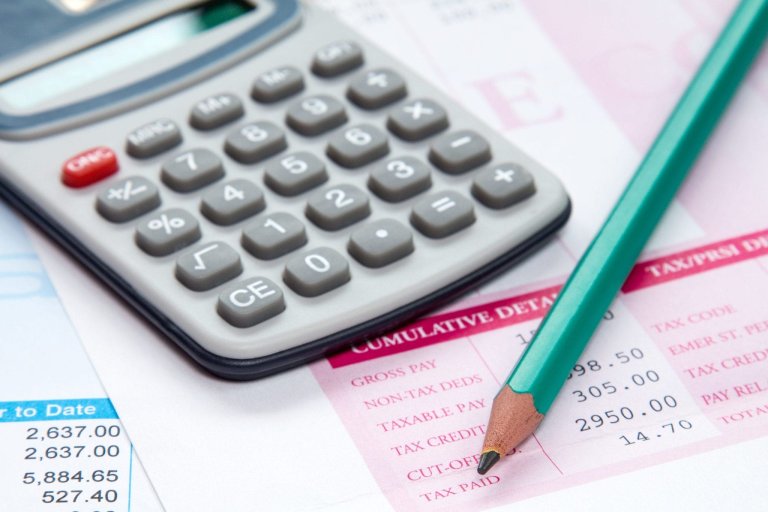Qualifying as a real estate professional allows you access to a powerfully beneficial tax status but strict requirements around active and material participation determine who is eligible for the designation. To qualify, you must satisfy two requirements as dictated by the IRS: the 50% test and the 750-hour test. Not all real estate or rental property activities count toward the tests. Ensure your activities count before moving forward with your next steps to avoid spending unneeded time and energy documenting activities that won’t count toward your requirements.
Real Estate Professional Tax Status: Do You Qualify?
A real estate professional tax status allows you to materially participate in rental activity, which isn’t allowed for taxpayers who don’t meet material participation requirements. Tax considerations may vary for short-term rental property owners. There are two requirements detailed in IRS Publication 925 that can qualify you as a real estate professional. You must meet both requirements to receive the tax status:
- 50% or more of your time is spent in real estate activities than non-real estate activities and
- You spend at least 750 hours a year performing real estate activities.
Personal services you perform in real property trades or businesses don’t count toward your totals unless you were a 5% owner of your employer. You’re considered a 5% owner if you owned or are considered to have owned, “more than 5% of your employer’s outstanding stock, outstanding voting stock, or capital or profits interest.” A real property trade or business, as defined by the IRS, is a trade or business that does any of the following with real property:
- Development or redevelopment
- Construction or reconstruction
- Acquiring
- Converting
- Renting or leasing
- Operation or management
- Brokering
Your spouse’s personal services don’t count when determining whether you meet the considerations listed above, even if you file a joint tax return. Your spouse’s participation in a real estate activity can be counted when determining your material participation.
What Counts as Active Participation?
Active participation, not to be confused with material participation, applies a less stringent standard to meet. When calculating the hours you spent actively participating in real estate activities, you will need to record any work you perform that has a connection to an activity in which you have an interest. Some tasks may include, but aren’t limited to:
- Actual hands-on maintenance
- Advertising
- Bookkeeping
- Collecting rent
- Contractor supervision
- Decorating
- Inspecting
- Legal compliance
- Paying Taxes
- Procuring Insurance
- Safety reviews
- Tenant approval
Which Activities Don’t Qualify You as a Real Estate Professional?
Although you may spend time performing activities that relate to your real estate properties, not all activities will count toward the 50% or 750-hour tests. Some examples of excluded activities include:
- Travel: You’re allowed to deduct mileage and expenses for travel to and from your rental properties, but your travel time is considered a commute and doesn’t affect your hourly thresholds.
- On-Call time: If not directly related to services you’re actually performing, unassociated on-call time don’t count toward the 750-hour requirement.
- Studying for real estate exam: Any time you spend studying for a real estate exam doesn’t count towards the 750-hour test.
- Research: Both the IRS and Tax Court consider research into other investment properties as investor activities rather than real estate operations.
- Investor activities: In order for the work you do as an investor to count toward your thresholds, you must be directly involved in day-to-day management or operations. Some investor responsibilities include:
- Analyzing and examining financial statements or reports for the activity’s operations.
- Compiling or preparing summaries or evaluations of the activity’s finances or operations for personal use.
- Monitoring finances or operations of the activity in a nonmanagerial capacity.
If you perform work in connection with an activity, you don’t treat it as participation in an activity if the following are both true:
- That work typically isn’t performed by the owner of that type of activity.
- Your main reason for performing the work is to “avoid the disallowance of any loss or credit from the activity under passive activity rules.”
Do You Qualify under the Material Participation Tests?
If you materially participated in a trade or business activity, it isn’t considered a passive activity. To determine whether you materially participated in a trade or business activity for a particular tax year, you must satisfy one of the following tests:
- You participated in the activity for over 500 hours.
- Your participation was substantially all the participation in the activity of all individuals for the tax year, including the participation of individuals who didn’t own any interest in the activity.
- You participated in the activity for more than 100 hours during the tax year and you participated at least as much as any other individual, including individuals who didn’t own any interest in the activity, for the year.
- The activity is a significant participation activity and you participated in all significant participation activities for more than 500 hours. A significant participation activity is any trade or business activity in which you participated for more than 100 hours during the year and in which you didn’t materially participate under any of the material participation tests, other than this test.
- You materially participated in the activity, other than by meeting this fifth test, for any five of the 10 immediately preceding tax years. The tax years don’t need to be consecutive.
- The activity is a personal service activity in which you materially participated for any three preceding tax years, regardless of whether they were consecutive. An activity is considered a personal service activity if it involves the performance of personal services in the fields of health (including veterinary services), law, engineering, architecture, accounting, actuarial science, performing arts, consulting or any other trade or business in which capital isn’t a material income-producing factor.
- Based on all the facts and circumstances, you participated in the activity on a regular, continuous and substantial basis during the year.
If you participated in the activity for 100 hours or less, you didn’t materially participate in the activity under test seven. Your participation in the activity also doesn’t count if one or both of the following is correct:
- Any person other than you received compensation for managing the activity, or
- Any individual spent more hours during the tax year managing the activity than you did, regardless of whether the individual was compensated for the management services.
While it’s a beneficial tax status, becoming a designated real estate professional takes preparation, documentation and the knowledge of which activities count toward the 50% and 750-hour tests. Consult with an experienced tax professional about your activities to help determine whether they’re applicable.






